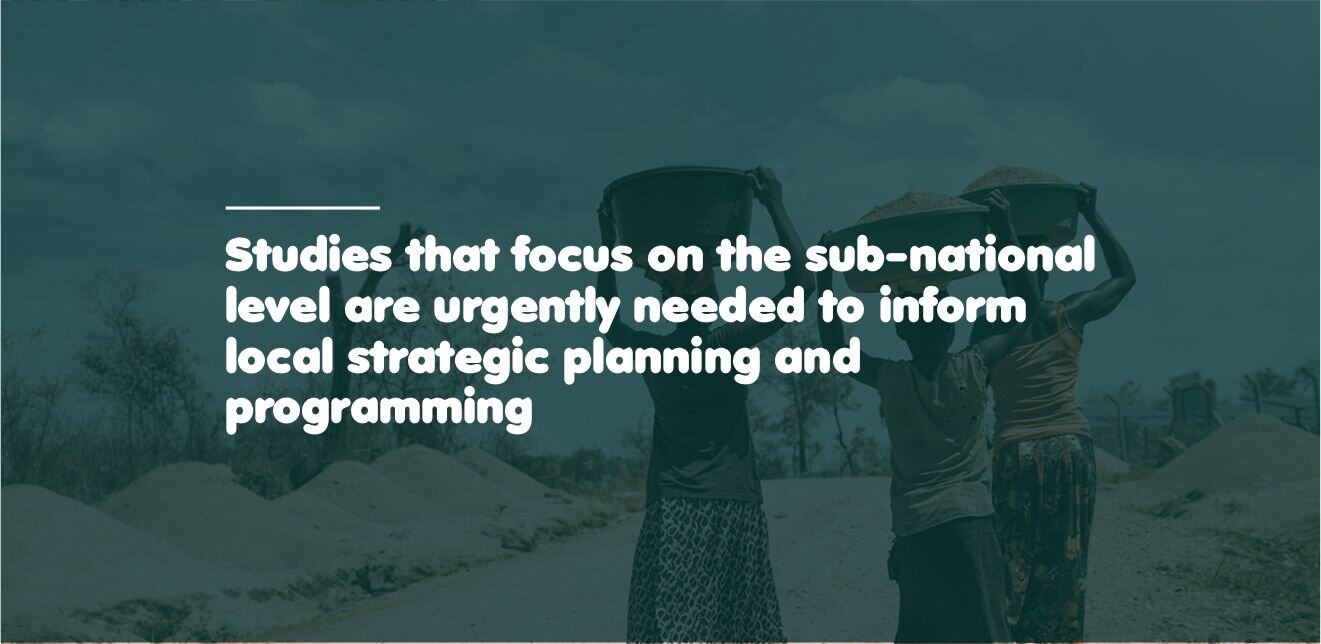Leveraging lessons from practice and research to guide actions toward achieving Sustainable Development Goal for Reducing Neonatal Mortality in Ghana
What is the project about?
In Ghana, the neonatal mortality rate remained stable at 29-30 deaths per 1,000 between 1993 and 2014. This project will focus on three specific goals: 1. Assess how epidemiologic status and coverage of proven newborn interventions have contributed to the patterns of decline in neonatal mortality in the Northern, Volta, and Upper West Regions of Ghana. 2. Delineate policies, program strategies, and community actions that led to the 67% decline in neonatal mortality rate in the Northern Region of Ghana from 1993 to 2014. 3. Identify what evidence-based newborn interventions need to be prioritized for the Northern, Volta, and Upper West Regions of Ghana to each reach the Sustainable Development Goal (SDG) target of at least 12 deaths per 1000 live births.
Why is the project important?
Intensified and sustained efforts are crucial to meet the Sustainable Development Goal (SDG) to reduce neonatal mortality to under 12 deaths per 1,000 live births. However, there is limited evidence on what and where to target priority interventions to put Ghana on the trajectory to attain this goal by 2030. Prior studies have concentrated on identifying the most impactful interventions at the national, but not sub-national level and have not examined the social, political, and programmatic contexts that contributed to those impacts. More studies with emphasis on the district level are gravely needed to inform local strategic planning and programming
In what way will the project tackle the problem?
A robust situational analysis with an emphasis on evidence-based interventions and contextual factors will support organizations in their efforts to end preventable maternal, newborn, and child deaths. The situational analysis will explicitly make the link between intended health gains and proposed priority interventions that will put Ghana on the trajectory towards 12 neonatal deaths per 1,000 live births. Furthermore, the contextual narrative will deepen the understanding of how services should be delivered for maximal benefit to the target population.
How will the study be conducted?
This study has two components. The first component consists of a retrospective analysis of historical trends (1993-2014) and projections of future trends (2015-2030) in coverage of neonatal health interventions in the Volta, Upper West, and Northern Regions of Ghana. The second component is primary data collection and qualitative study consisting of 25-45 semi-structured in-depth interviews with government health representatives, non-governmental organizations’ officials, and community leaders in the Northern Region of Ghana.




